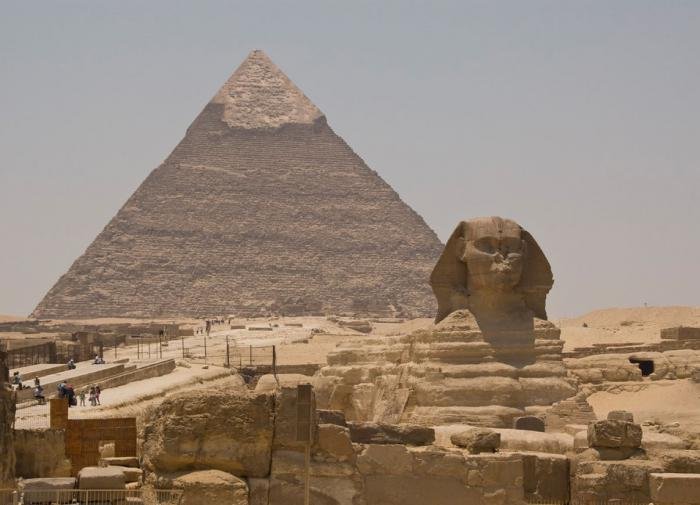Humans did not descend from apes: What Darwin's theory of evolution actually says

The theory of evolution is one of the most famous and influential scientific theories in human history. Since the publication of English naturalist Charles Darwin's On the Origin of Species in 1859, it has changed our understanding of biology and the development of life on Earth. However, even today, after all this time, there are myths and misunderstandings that continue to haunt the theory of evolution. Let's dispel some of them and clarify what Darwin's theory of evolution actually means.
The first myth we come across is the claim that modern humans descended from apes. However, this is a misinterpretation of the theory of evolution. Darwin never claimed that we evolved from apes. In fact, modern humans and apes share a common ancestor, but it diverged along different lineages. This ancestor was neither human nor ape. Millions of years ago, the evolutionary line split, leading to different development paths for hominids (the group that includes humans and our extinct relatives) and other primates. Thus, Homo sapiens sapiens did not descend from monkeys, but have a common ancestor with them.
The second myth we encounter is related to a misunderstanding of the term “natural selection.” We often hear the phrase “survival of the fittest,” but this is a simplification that does not fully capture the essence of natural selection. The original phrase is “survival of the fittest,” not the fittest. Natural selection is not limited to the survival of only the strongest, fastest or most aggressive individuals. It refers to the survival and reproduction of organisms that have advantageous traits in their environment. Such traits may be related to camouflage, disease resistance, or behavioral strategies. There is much more to natural selection than just physical strength or endurance.
The third myth we encounter is the claim that evolution explains the origin of life. In fact, the theory of evolution explains how organisms change and adapt to their environment, but does not explain how and how life began. The study of the origin of life, known as abiogenesis, is a distinct field of scientific research.
Finally, the fourth myth relates to the idea that evolution is a very slow process. Although many evolutionary changes occur over long periods of time, the idea of gradualism does not explain the whole picture of evolutionary dynamics. In fact, the pace of evolution can be very variable. Changes can occur quickly in response to sudden changes in the environment, such as climate change or the emergence of new predators or competitors. Some changes can occur over several generations, indicating that evolution can occur in very short periods of time.
It should be understood that Darwin's theory of evolution is a complex and unique scientific concept that has helped us understand the diversity and development of life on Earth. Having dispelled the myths about the origin of man from apes, about the predominance of the fittest, about the origin of life and about the slowness of evolution, we are moving closer to a more complete and accurate understanding of this important theory.
Share
What's Your Reaction?
 Like
0
Like
0
 Dislike
0
Dislike
0
 Love
0
Love
0
 Funny
0
Funny
0
 Angry
0
Angry
0
 Sad
0
Sad
0
 Wow
0
Wow
0





![Transfer/ Postings Senior Superintendent Police Hyderabad [Notifications]](https://pakweb.pro/uploads/images/202402/image_100x75_65d7bb0f85d5f.jpg)

![Amazing Text Animation Effect In CSS - [CODE]](https://pakweb.pro/uploads/images/202402/image_100x75_65d79dabc193a.jpg)





